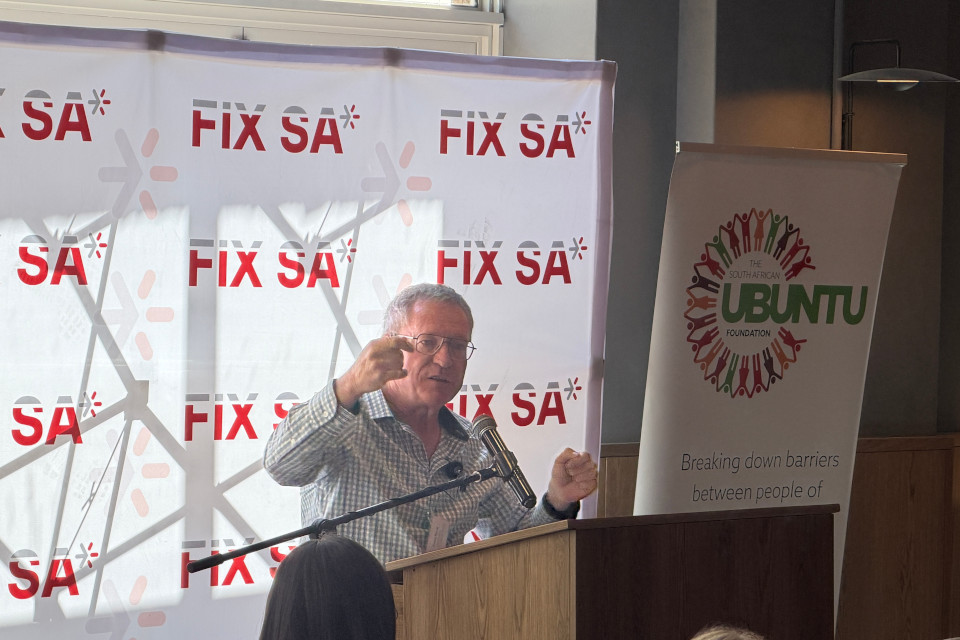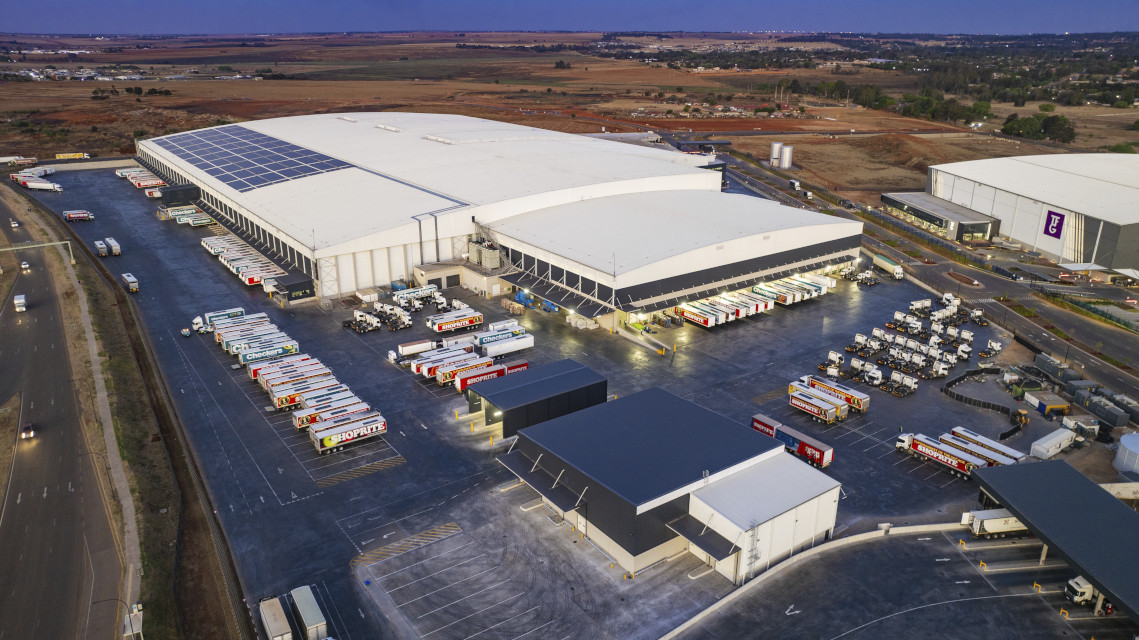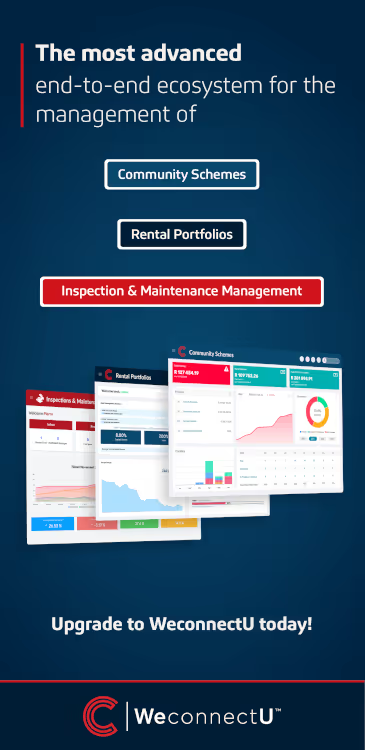SA Property Outlook: The View from the Top - SAPOA 2025
- Business confidence improving but fragile; infrastructure and service delivery remain the make-or-break.
- Capital seeks focus: specialization with a unique edge beats broad, unfocused portfolios.
- Energy and water resilience now economics first; renewables and self-supply have moved from ESG to necessity.
The SAPOA 2025 “View from the Top” panel didn’t do cheerleading, it did truth-telling. Moderator Lynette Ntuli set the tone: after six to seven tough years, green shoots are visible, but the industry will live or die by execution on fundamentals, confidence, infrastructure, capital discipline, and real resilience.
James Day (CEO, Emira Property Fund) was blunt on confidence:
“Rate cuts, a steadier political backdrop and fewer blackouts helped sentiment, then water outages, tariffs and service-delivery setbacks capped it. We don’t need a sugar high. We need sustained business confidence to unlock a real cycle.” That summed up the room: cautiously risk-on, but only where basics hold.
Armond Boshoff (CEO, Atterbury Property) took aim at the infrastructure gap:
“Opportunities are everywhere until you factor the roads, water and bulk services the public sector should deliver. You can’t expect developers to shoulder municipal infrastructure and still make schemes bankable.” He acknowledged improvement in coordination with authorities, but execution and speed remain the choke points.
Izak Petersen (CEO, Dipula Income Fund) challenged a fashionable narrative:
“It’s not specialization for specialization’s sake, it’s a distinctive angle with a team that can scale and create liquidity. Capital rewards clarity and credibility. If you’re niche but can’t grow or trade, the market will punish you.” He also pressed government to simply do what it says: predictable policy and delivery are the cheapest stimulus South Africa can buy.
Sakina Nosarka (CEO, Old Mutual Property) anchored the global context with four mega-trends: urbanisation, digitisation, climate change and specialisation. Capital is following the thesis, she argued, into data centres, logistics/industrial, energy infrastructure, and social/affordable housing.
“These aren’t side hustles anymore; they’re long-lease, growth corridors where specialist skill compounds advantage.”
Conversation turned to capital formation. Day noted the market has funded selective equity raises, but many are turning to capital recycling selling at fair yields into a buoyant private lending environment and redeploying proceeds into higher-conviction assets. Petersen added a reality check: South Africa is too small to pretend pure-play specialization alone solves liquidity story, scale and speed matter.
On township, rural and affordable segments, the panel agreed: need is reshaping maps. Private capital is building where people actually live and shop, but must bridge missing municipal services at higher cost and risk. That’s challenge and opportunity in one sentence.
ESG and the just transition were refreshingly practical. Day again:
“Solar and water aren’t ‘nice to have’ anymore they pencil. Rooftops and boreholes are now operational necessities with a return, or downside-protection payback. Economics is driving adoption faster than policy.”
Boshoff echoed it: the sector has quietly built to survive; the scorecards will catch up to what feasibility already demands.
Key takeaway signals
- Confidence: fragile but improving. A credible, steady macro and service-delivery base is the multiplier the sector needs.
- Infrastructure is destiny. Roads, water and bulk services determine feasibility, absorption and exit, without them, projects stall.
- Specialise with an edge. The market funds focused strategies and teams that can scale and trade; generic “diversified” stories struggle.
- Capital recycling is working. Selective disposals plus redeployments beat dilutive equity raises in the wrong market window.
- New asset classes are mainstreaming. Student, social/affordable housing, storage, data centres and energy infra are not “alternative” they’re growth.
- Resilience pays. Solar, storage, water security and efficiency upgrades now have clear economic cases, not just ESG merit badges.
- Collaboration is improving but uneven. Industry forums and some metros are engaging; follow-through and speed remain the gap.
- Inequality is a systemic risk. Failing to connect prosperous nodes with underserved townships threatens labour, logistics and social stability.
Way forward: Where leaders say real returns will be
- Back confidence flywheels, not one-off headlines. Prioritise nodes where power and water reliability, permitting speed and tenant demand reinforce each other.
- Build “infrastructure-aware” pro formas. Assume private co-investment in bulk services; price it, contract it, and syndicate it early with lenders and tenants.
- Pick a lane and a moat. Whether logistics parks, data-enabled retail, or mission-critical residential, specialise and show how you scale to liquidity.
- Recycle to upgrade. Trim non-core, fund core: use sales to delever, de-risk and double down on higher-yielding, higher-conviction assets.
- Engineer resilience that pays back. Treat energy and water as capex with IRR; lock in opex savings and uptime for tenants you want to keep.
- Lean into need-driven geographies. Township/rural retail and affordable living are demand-rich; partner on services, share risk, insist on enforceable MOUs.
- Measure what matters. ESG and integrated reporting will standardise get ahead by tracking the metrics your lenders and tenants already price.
- Stay constructively impatient with the state. Celebrate wins, but keep pressure on delivery; the fastest way to grow NOI is working taps and open roads.
Bottom line
The top of the market isn’t betting on miracles, it’s betting on execution. If South Africa can string together twelve months of reliable services and predictable policy, the capital and demand are there.
As Day put it, “The market is ready.” The industry’s job is to be capital-ready, infrastructure-ready and resilience-ready when confidence finally sticks.

.svg)
.svg)

.jpg)

.avif)


.avif)

.avif)




.svg)

.jpg)
.avif)







%20.jpg)





.avif)
%20.jpg)
